Symbolic Logic and Other Forms of Deductive Reasoning
This text does not presuppose any technical background in math or logic. The first seven chapters cover all the basic components of a first course in symbolic logic, including truth tables, rules for devising formal proofs of validity, multiple quantifiers, properties of relations, enthymemes, and identity. (One exception is that truth trees are not discussed.) The five operator symbols used are: (.) and, (v) or, ( ) not, and also if-then, represented by the sideways U and material equivalence represented by the triple line. There are also four chapters which can be studied without symbolic logic background. Chapter 8 is a study of 7 immediate inferences in Aristotelian logic using A, E, I, O type statements with a detailed proof concerning what existential assumptions are involved. Chapter 9 is a study of classic Boolean syllogism using Venn diagrams to show the validity or invalidity of syllogisms. Chapter 10 is a study of the type of probability problems that are deductive (example: having 2 aces in 5 cards drawn from a randomized deck of cards). Chapter 11 is a study of the types of problems that are often found on standardized tests where certain data are given, and then multiple-choice questions are given where the single correct answer is determined by the data. In the symbolic logic chapters, it is shown many times how putting English statements into symbolic notation reveals the complexity (and sometimes ambiguity) of natural language. Many examples are given of the usage of logic in everyday life, with statements to translate taken from musicals, legal documents, federal tax instructions, etc. Several sections involve arguments given in English, which must be translated into symbolic notation before proof of validity is given. Chapter 7 ends with a careful presentation of Richard's Paradox, challenging those who dismiss the problem because it is not strictly mathematical. The conclusion of this chapter is the most controversial part of the text. Richard's paradox is used to construct a valid symbolic logic proof that Cantor's procedure does not prove there are nondenumerable sets, with a challenge to the reader to identify and prove which premise of the argument is false. There are several uncommon features of the text. For example, there is a section where it is shown how the rules of logic are used in solving Sudoku puzzles. Another section challenges students to devise arguments (premises and conclusion) that can be solved in a certain number of steps (say 3) only by using a certain 3 rules, one time each (for example, Modus Ponens, Simplification, and Conjunction). In proofs of invalidity, if there are 10 simple statements (for example), there are 1024 possible combinations of truth values that the 10 statements can have. But the premises and conclusions are set up so that only 1 of these combinations will make all the premises true and the conclusion false - and this 1 way can be found by forced truth-value assignments, with no need to take options. Another unusual section of the text defines the five operator symbols as relations (for example, Cxy = x conjuncted with y is true), and then statements about the operators are given to determine whether the statements are true or false. To aid in deciding what sections to cover in a given course or time frame, certain sections are labeled "optional" as an indication that understanding these sections is not presupposed by later sections in the text. Although there are a ton of problems with answers in the text, any teacher using this text for a course can receive free of charge an answer book giving answers to all the problems not answered in the text, plus a few cases of additional problems not given in the text, also with answers. Send your request to [email protected], and you will be sent an answer key using your address at the school where you teach.
- ISBN 13 : 9781535230773
- ISBN 10 : 1535230770
- Judul : Symbolic Logic and Other Forms of Deductive Reasoning
- Pengarang : Richard L. Trammell,
- Penerbit : Createspace Independent Publishing Platform
- Bahasa : en
- Tahun : 2016
- Halaman : 506
- Google Book : http://books.google.co.id/books?id=L6TuvQAACAAJ&dq=intitle:Logic+and+Legal+Reasoning&hl=&source=gbs_api
-
Ketersediaan :
This text does not presuppose any technical background in math or logic.









